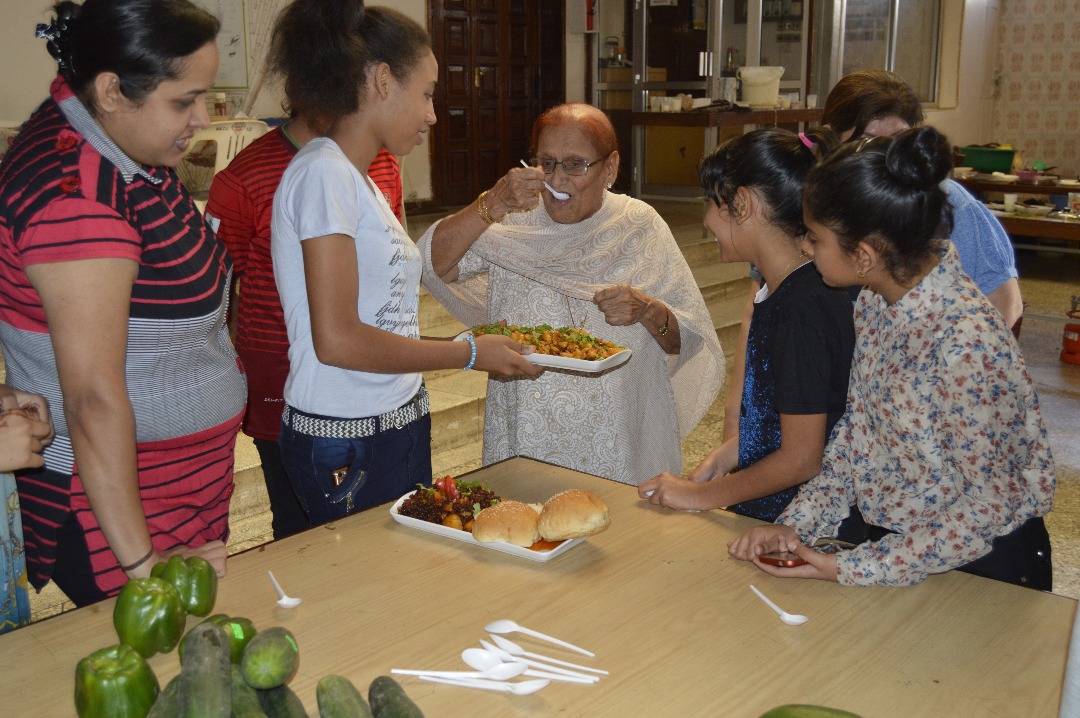Home economics has been defined is a field of study that deals with the economics and management of the home, family and community. It is also known as “domestic/ home science”, and comes with a history of how the roles of women were defined in ancient times. One of the first to champion the economics of running a home was Catherine Beecher, sister to Harriet Beecher Stowe. Catherine and Harriet were leaders in mid-19th century North America in talking about domestic science. They came from a very religious family that valued education especially for women.
In recent times home economics finds place as part of economical science, in addition to being part of a cultural heritage, which is supported by UNESCO through International Federation of Home Economics (IFHE). This brings opportunities for Global networking among professionals, promoting the recognition of Home Economics in the everyday lives of individuals and families, as well as continuing education in the field. It further provides opportunities through practice, research and professional sharing that lead to improving the quality of everyday life for individuals, families and households worldwide.
For the Mbeya Jamat, the day was geared to sharing a fun-filled event for the Ismaili women while bringing an implicit understanding of home economics through a cooking practice for budget of TShs 10,000/- or less.
A mini-market was set up for women, with prices of the smallest values and quantities for each item consumed. Prices ranging from a teaspoon of salt (TShs 5/-), cup of sugar (TShs 750/-), teaspoon of garlic paste (TShs 150/-), to the estimation of gas usage (TShs 50/- per minute), the class was designed to provide an estimate with all listed items. Women were divided into two groups to spice the event and bring variety. Each group was provided with a separate stove, cooking pots, knives, and cutleries as well as serving plates. The groups were also provided with a price list for each item to keep track of ingredients used and to cook within budget provided.
At the end of the event, our women had prepared a dish of mince beef pasta, and a dish of “kheema” curry and bread. Both dishes were thoroughly enjoyed by all participants. The interesting feature was the price differentials.
Since beef pasta cost TShs 8,500/- where as “kheema” and bread cost exactly TShs 10,000/-, then team which made beef pasta were declared winners for this event.
This activity brought a conscious effort to our women, where the tiniest increase in ingredients was weighed against budget, and tiniest wastage of food and resources (gas stove wasting fuel) was completely avoided to maintain cost.
We understanding that such budgeting exercises make our women conscience about the resources they use in daily home cooking. It also helps to maintain a household budget in trying times, as well as assists women in aspiring to cater as part of their entrepreneur skills to budget and appropriately allocate prices to their dishes.

